The Grand Canyon National Park is one of those rare places that truly lives up to the hype. Stretching for 277 miles, carved over millions of years by the mighty Colorado River, the Grand Canyon is a masterpiece of nature that captivates you with its vastness, colors, and geological history.
On my first visit, I stood on the South Rim at sunrise, wrapped in a blanket against the morning chill, and watched as the canyon shifted through shades of deep purple, fiery orange, and golden yellow. It felt timeless, humbling, and almost surreal. Whether you’re here for a day trip, a week-long hiking adventure, or simply to marvel at the view, this guide will help you plan an unforgettable visit.
📅 Best Time to Visit the Grand Canyon
The Grand Canyon’s climate varies dramatically depending on the season and the rim you’re visiting.
- Spring (March to May): This is one of the best times to visit. Temperatures are pleasant, wildflowers bloom in certain areas, and crowds are smaller compared to summer. The South Rim is open, and the North Rim typically reopens in mid-May.
- Summer (June to August): The busiest season. Expect heavy crowds at the South Rim, especially in July. Daytime temperatures along the rim are warm but can be scorching inside the canyon. This is also monsoon season (July–August), bringing sudden afternoon thunderstorms.
- Fall (September to November): Crisp air, fewer visitors, and stunning fall colors at higher elevations make this a magical time. Both rims are open until mid-October.
- Winter (December to February): The South Rim remains open and offers peaceful, snow-dusted views. The North Rim closes due to heavy snow, but winter visits mean fewer crowds and a serene atmosphere.
💡 Leila’s Tip: If it’s your first time, aim for late spring or early fall for a perfect balance of good weather and manageable crowds.
🗺️ Understanding the Grand Canyon: South Rim vs North Rim
The Grand Canyon has two main accessible sections: South Rim and North Rim, each offering its own unique perspective.
- South Rim: Open year-round, it’s the most popular part of the park, with well-developed facilities, multiple viewpoints, and easy access from Flagstaff, Williams, and Phoenix. The South Rim has shuttle buses, lodges, visitor centers, and iconic viewpoints like Mather Point, Yavapai Point, and Desert View.
- North Rim: Open seasonally from mid-May to mid-October due to heavy snowfall in winter. It’s more remote, with fewer crowds and a cooler climate. The views are just as breathtaking but offer a different angle on the canyon’s geology. Access is through Utah or northern Arizona, and accommodations are limited—making early booking essential.
💡 Leila’s Tip: If you have the time, visit both rims. The difference in perspective and atmosphere is worth the extra travel.
🌅 Best Viewpoints in the Grand Canyon
1. Mather Point (South Rim)
Located near the visitor center, Mather Point is a classic first-stop viewpoint with panoramic vistas. Sunrise here is spectacular, and it’s an easy walk from parking.
2. Yavapai Point (South Rim)
Famous for its geological displays and unobstructed sightlines. Great for photography and learning about the canyon’s rock layers.
3. Desert View Watchtower (South Rim)
A historic tower designed by architect Mary Colter, offering sweeping views of the Colorado River. The interior features Hopi-inspired murals.
4. Cape Royal (North Rim)
Offers one of the widest views in the park. Popular for sunset photography.
5. Point Imperial (North Rim)
The highest viewpoint in the park, showcasing the Painted Desert and the eastern canyon.”
🥾 Best Hikes in the Grand Canyon
- Rim Trail (South Rim): A mostly flat, easy path with constant scenic overlooks. Perfect for casual walkers.
- South Kaibab Trail: Steep but rewarding. Ooh Aah Point (1.8 miles round trip) is a popular turnaround.
- Bright Angel Trail: Well-maintained with water stops, ideal for a day hike to Indian Garden or an overnight trip to Phantom Ranch.
- North Kaibab Trail: Offers stunning views of the canyon’s inner formations. Great for shorter hikes to Coconino Overlook.
💡 Leila’s Safety Tip: Going down is optional—coming back up is mandatory. Heat, elevation, and distance can be deceiving. Carry plenty of water.
🚗 Getting Around the Park
- South Rim: A free shuttle system runs in multiple loops, connecting viewpoints, lodges, and trailheads.
- North Rim: No shuttles. You’ll need your own vehicle to access points.
- Private Vehicles: Parking is available but limited during peak season. Shuttles are more convenient in summer.
🏨 Where to Stay
- Inside South Rim: Bright Angel Lodge, El Tovar Hotel, and Yavapai Lodge. Book 6–12 months ahead.
- Outside South Rim: Tusayan for proximity, Flagstaff and Williams for more budget options.
- North Rim: Grand Canyon Lodge offers cabins and motel rooms, but fills quickly.
📷 Photography Tips
- Shoot during golden hour for dramatic shadows and colors.
- Use foreground elements for scale.
- Avoid midday for landscape shots—harsh light flattens details.
🌿 Cultural & Historical Significance
The Grand Canyon is sacred to several Native American tribes, including the Hopi, Havasupai, Hualapai, Navajo, and Zuni. Visiting with cultural respect is essential. The park offers interpretive programs and exhibits, such as those at Desert View Watchtower, to help you connect with its living history.
📅 How to Plan Your Visit
- Choose Your Rim: Decide if you’ll focus on the South Rim, North Rim, or both.
- Book Early: Accommodations, mule rides, and rafting tours can fill up months in advance.
- Plan Activities: Factor in hiking, scenic drives, and ranger programs.
- Pack Smart: Bring layers, sun protection, reusable water bottles, and sturdy shoes.
- Check Conditions: Weather, road closures, and trail updates are posted on the NPS website.
💡 Leila’s Tip: If you want fewer crowds, visit in the early morning or stay overnight inside the park to catch sunrise and sunset.
Final Thoughts from Leila
Standing at the edge of the Grand Canyon is one of those travel moments that stays with you for life. The colors, scale, and silence combine into something deeply moving. Whether you spend hours or days here, this place will leave you with a renewed sense of awe for the natural world.
Make the time to explore, learn its stories, and respect its beauty. You’ll walk away not just with incredible photos but with an unforgettable connection to one of Earth’s greatest wonders.

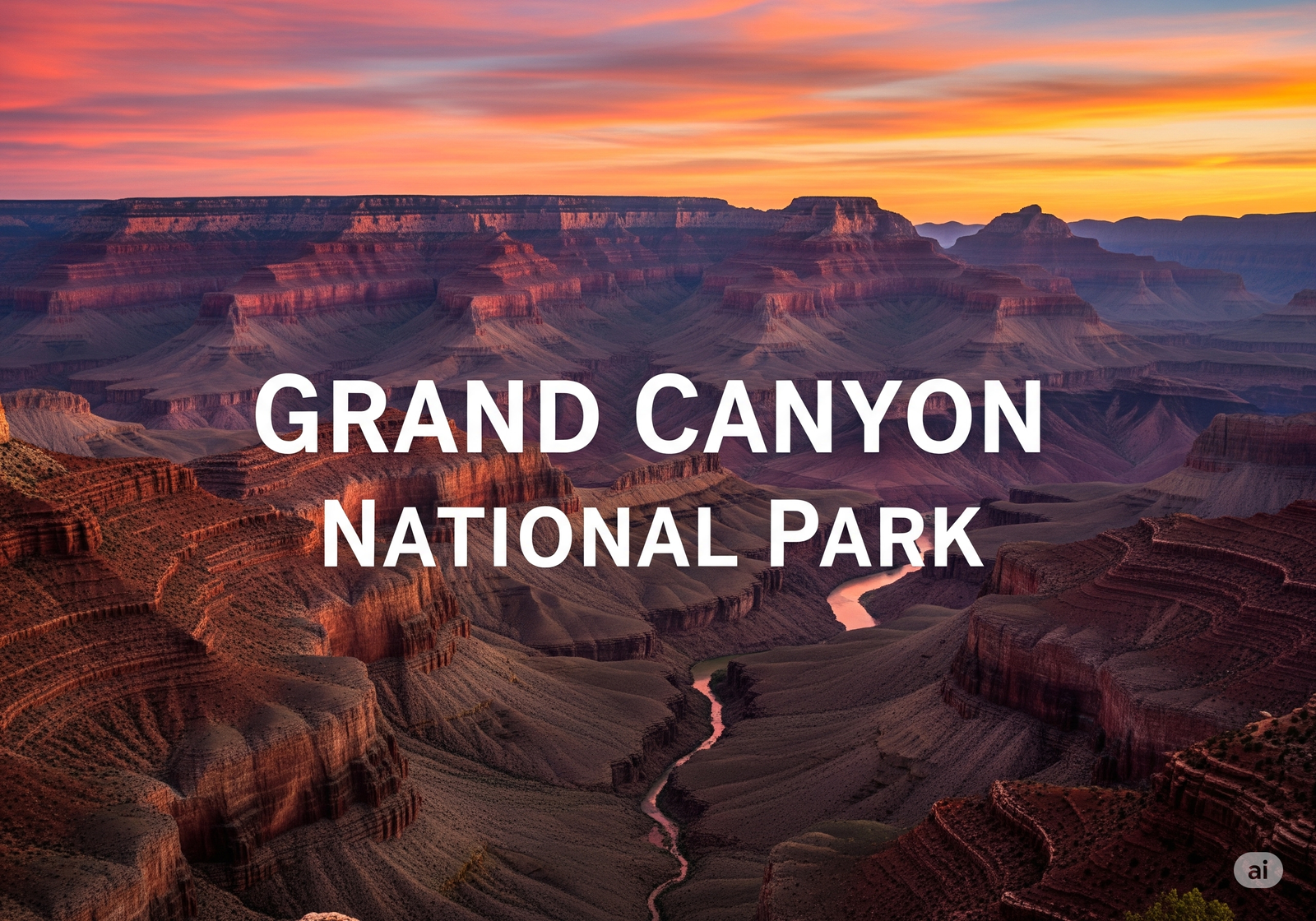
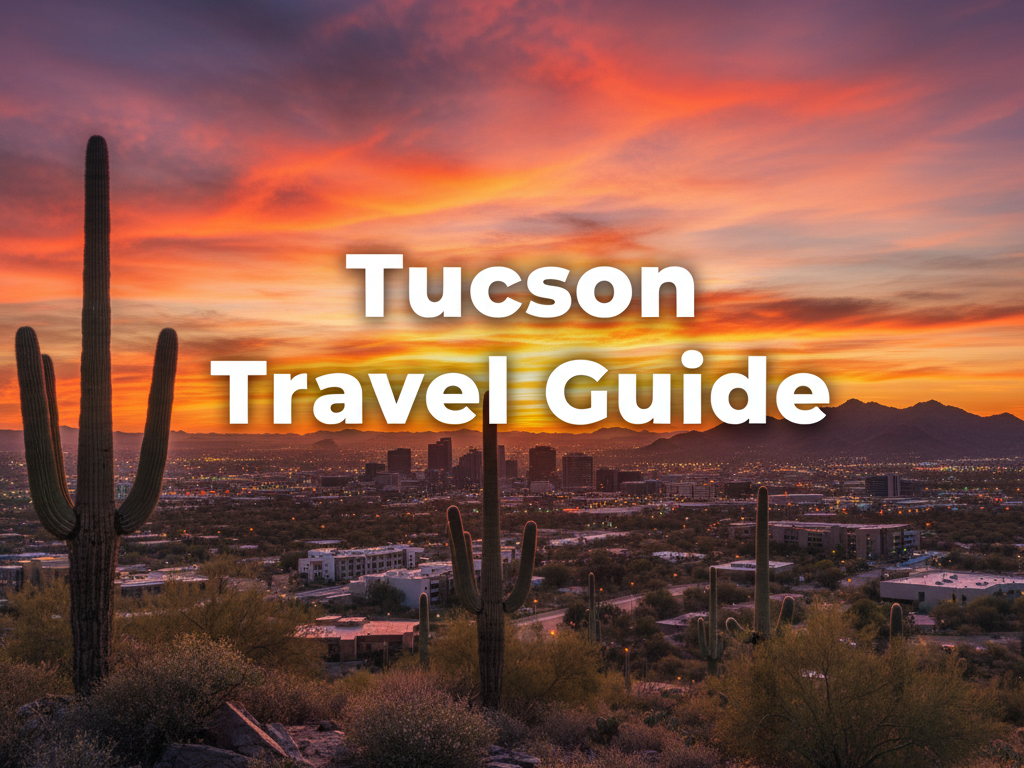


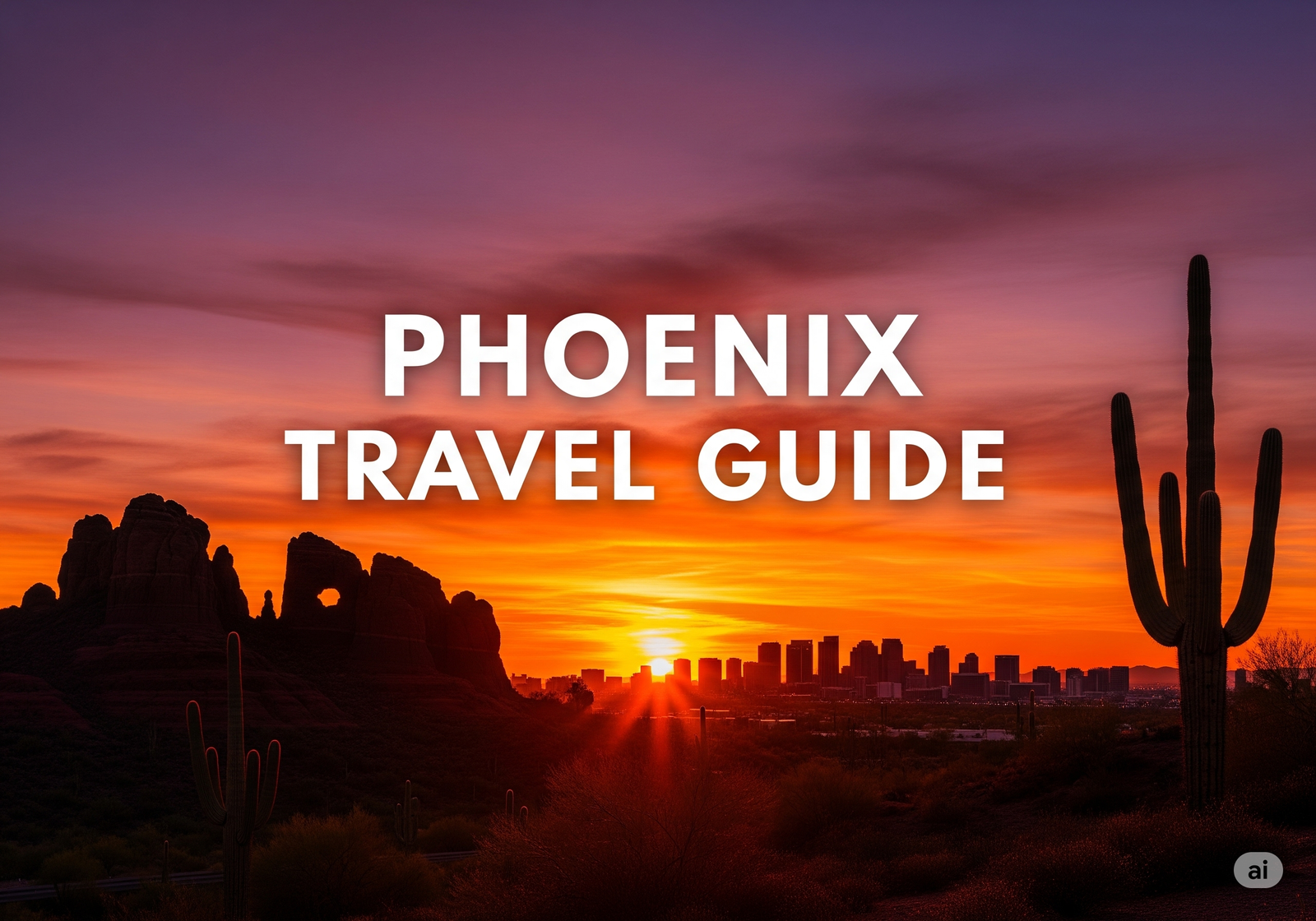
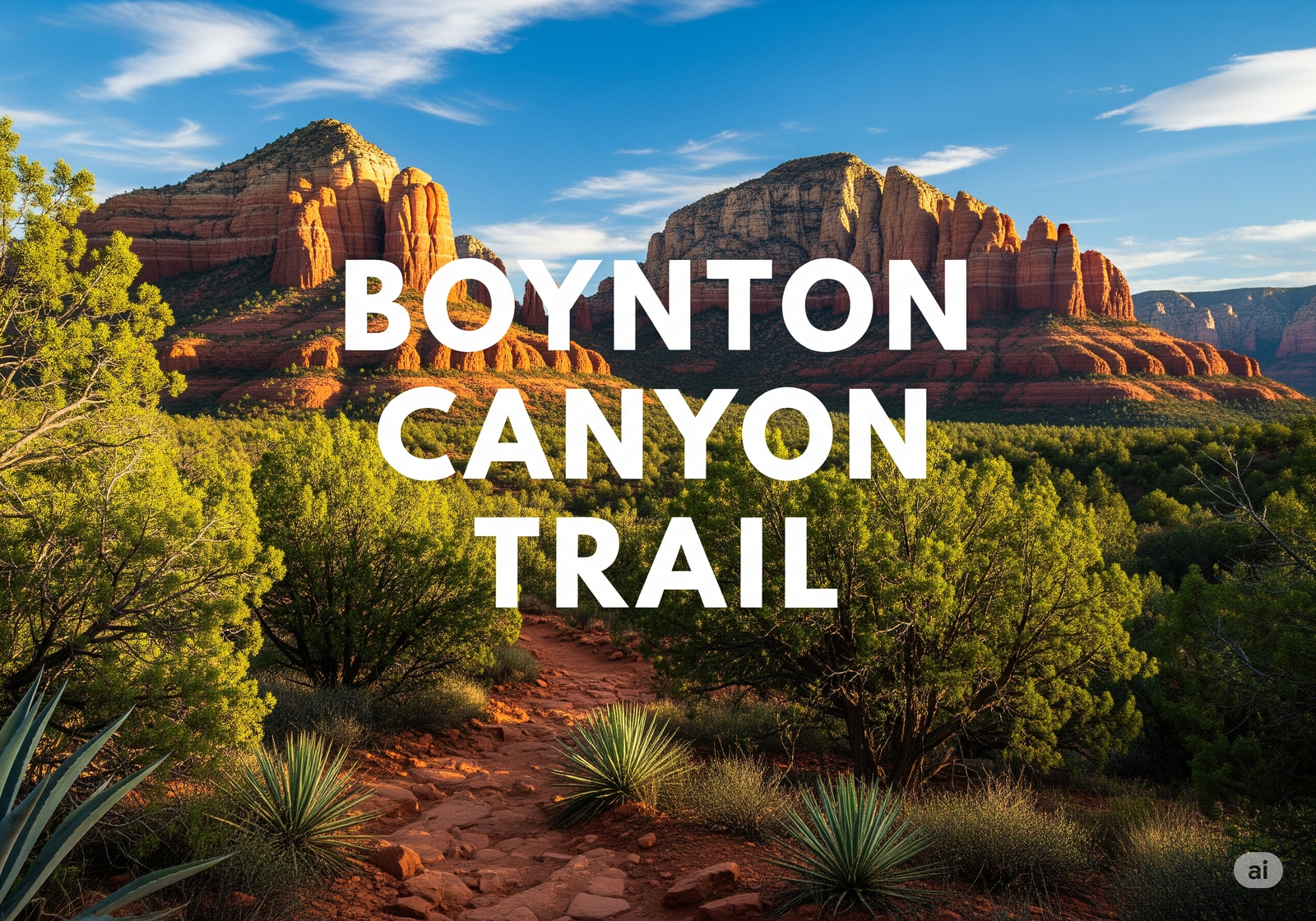
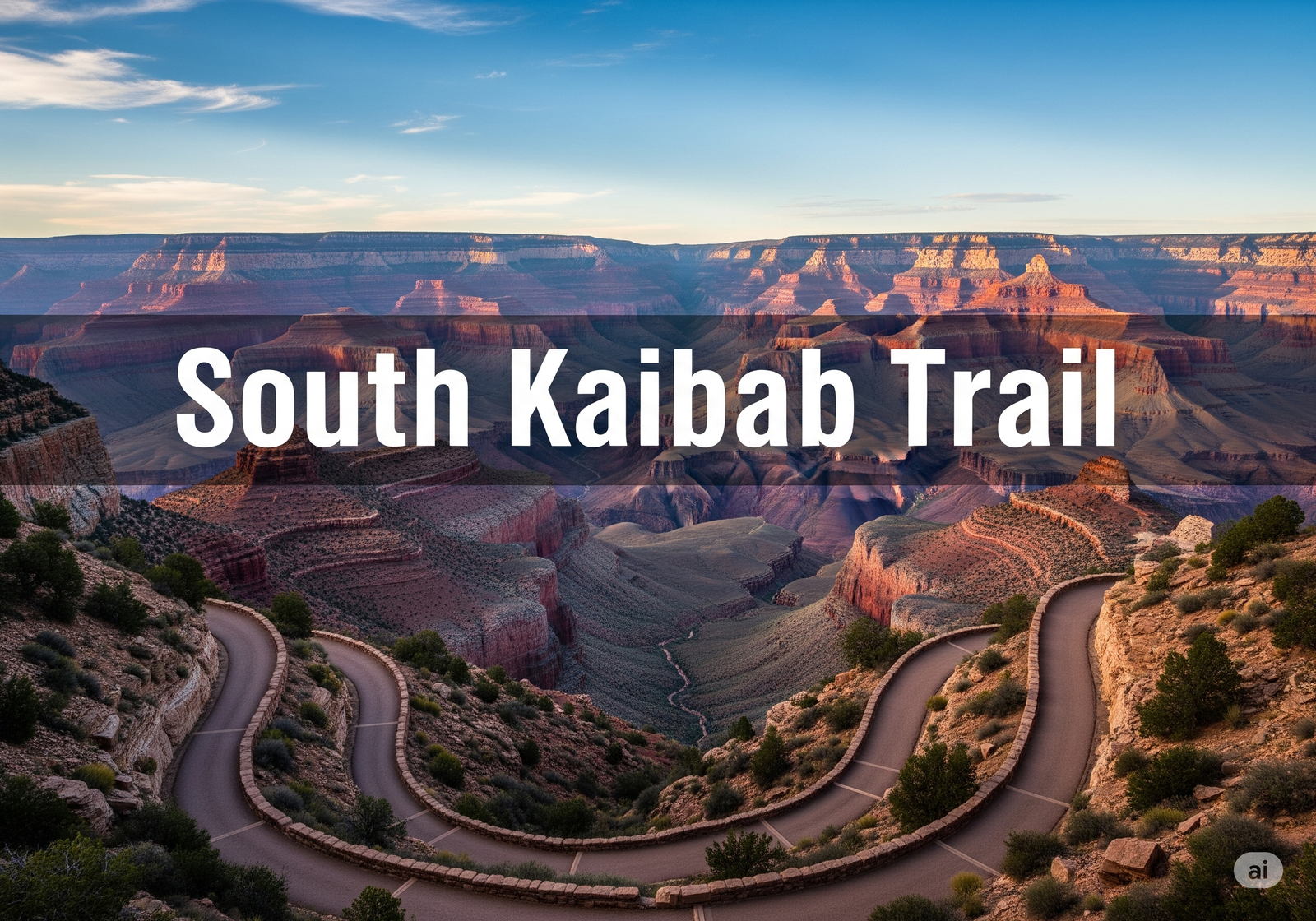
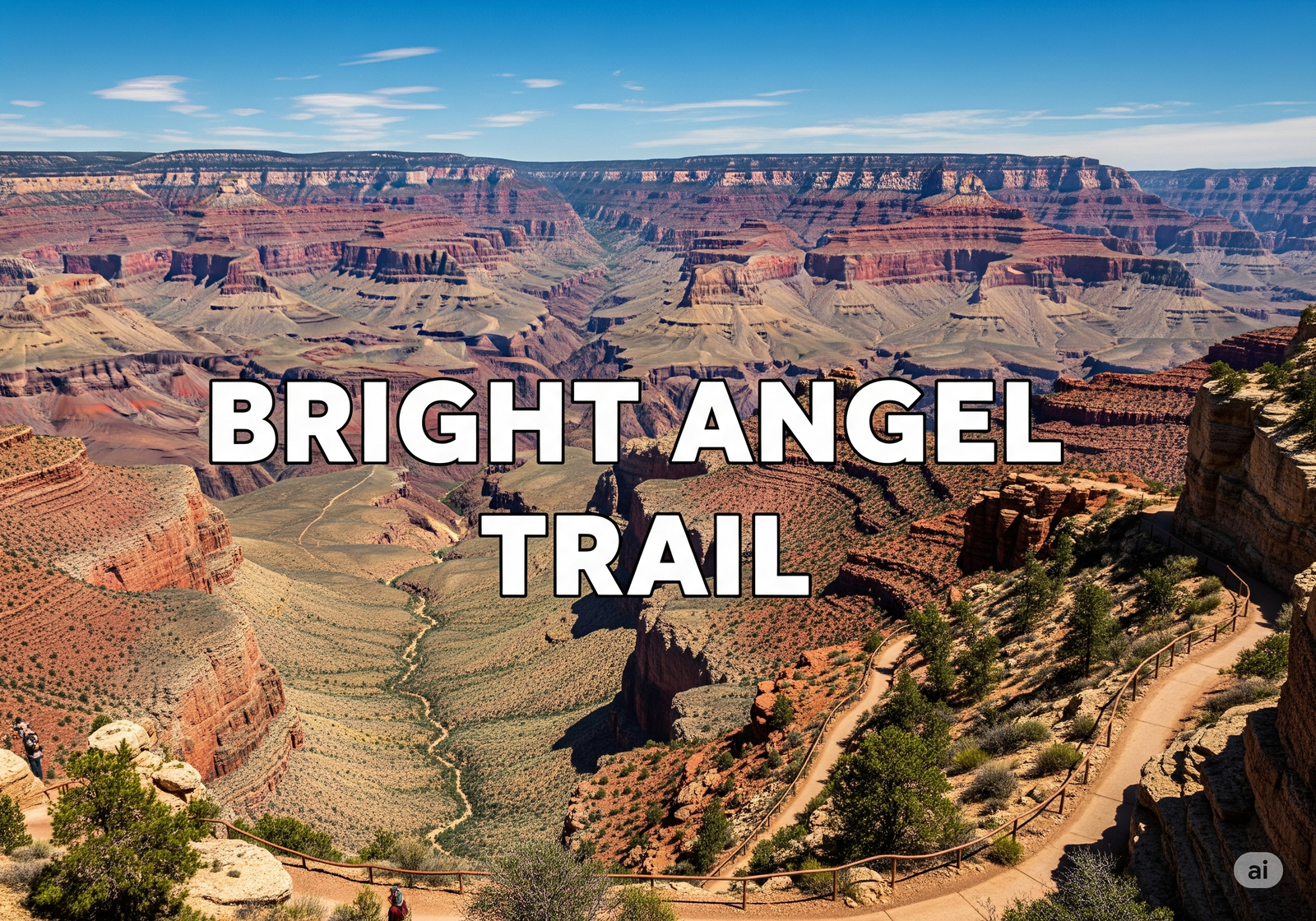
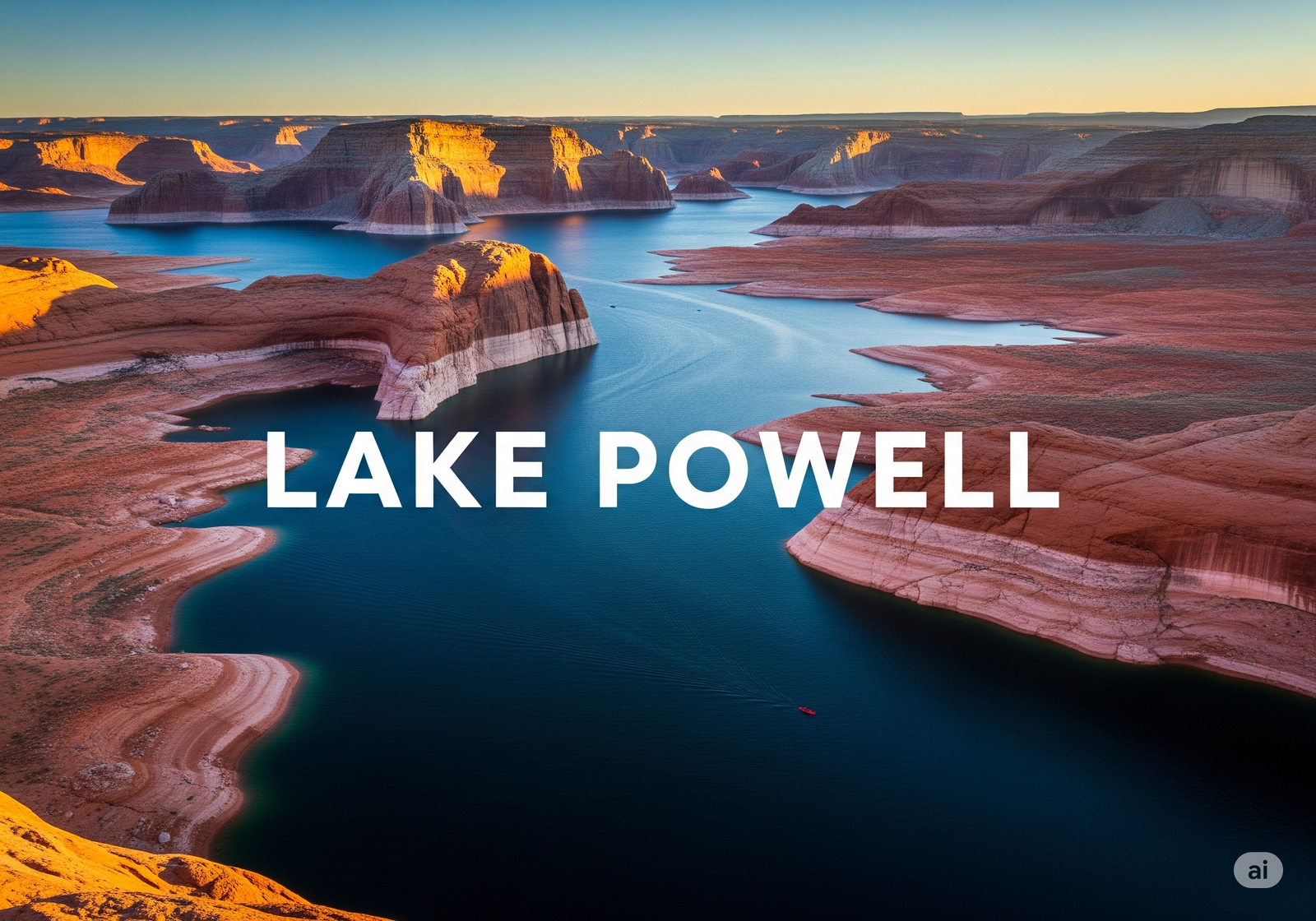
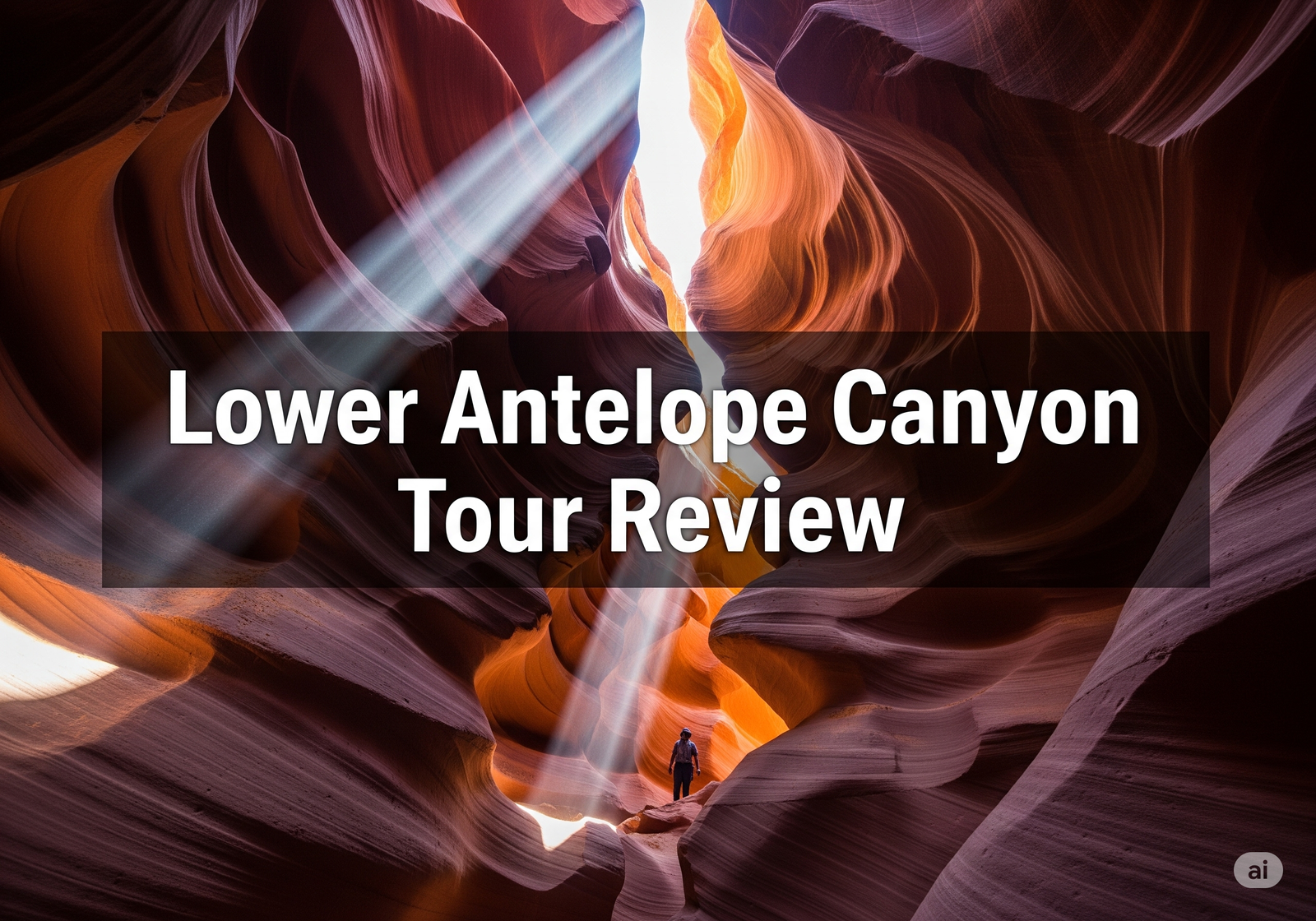
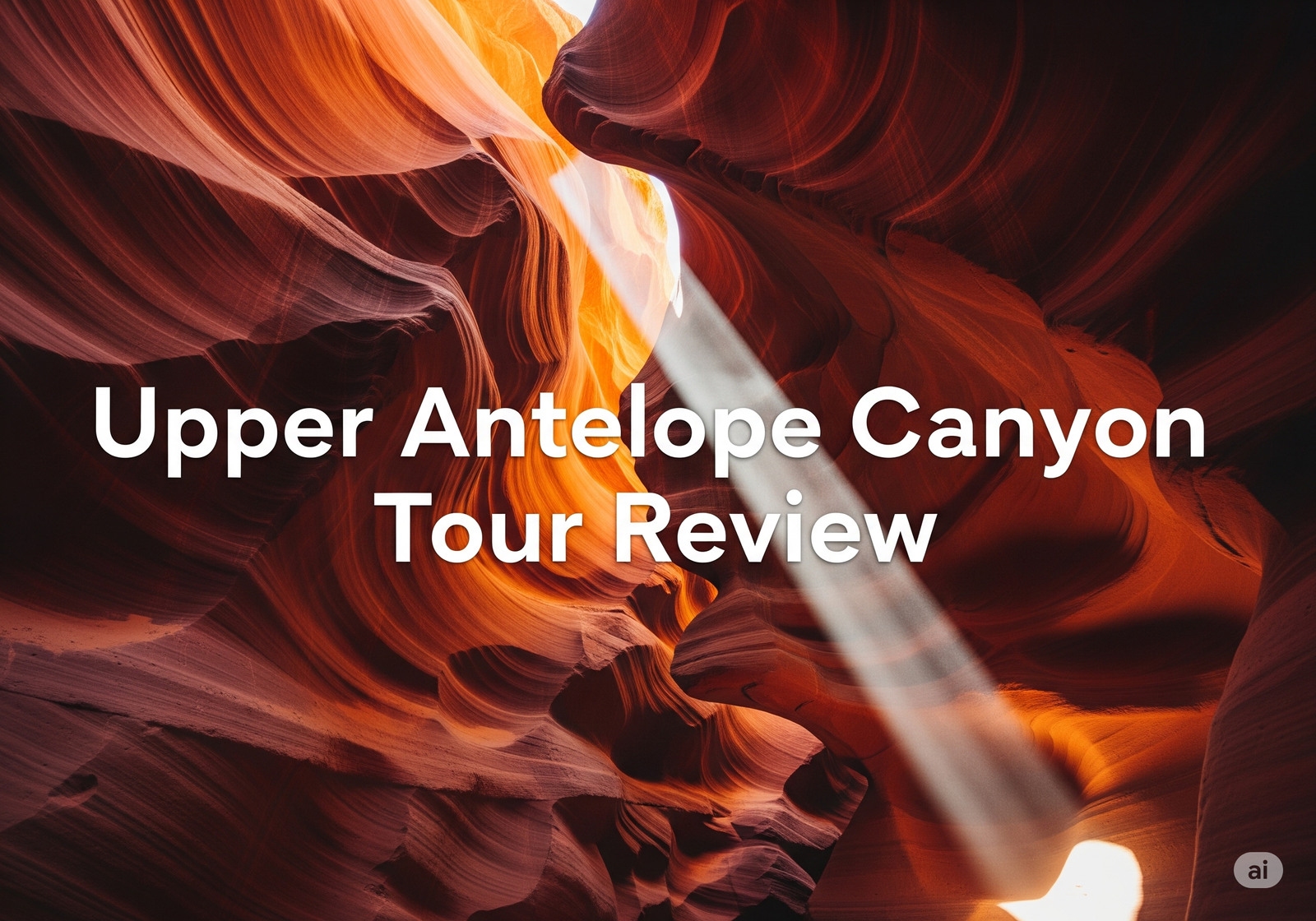
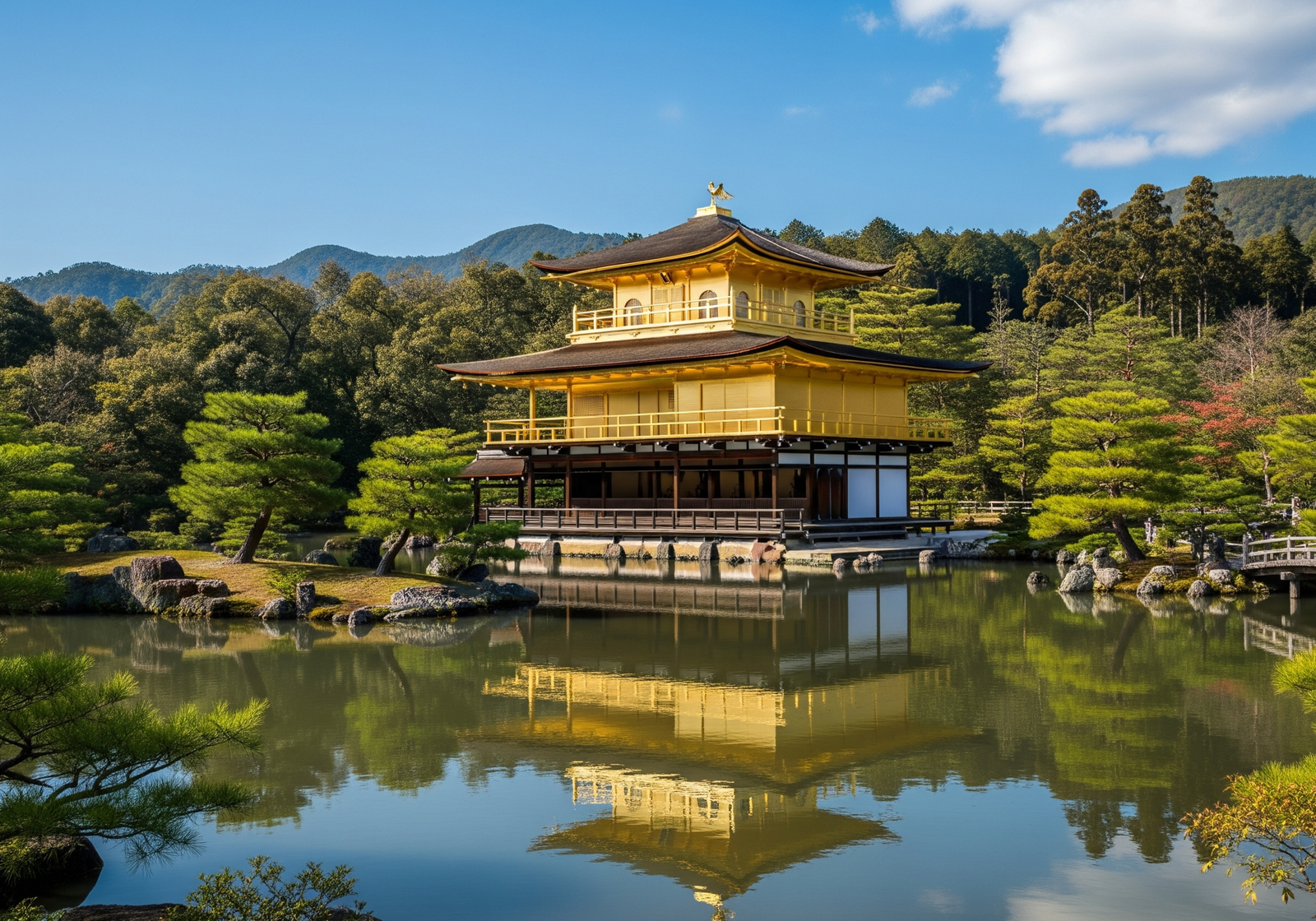



Leave a Reply